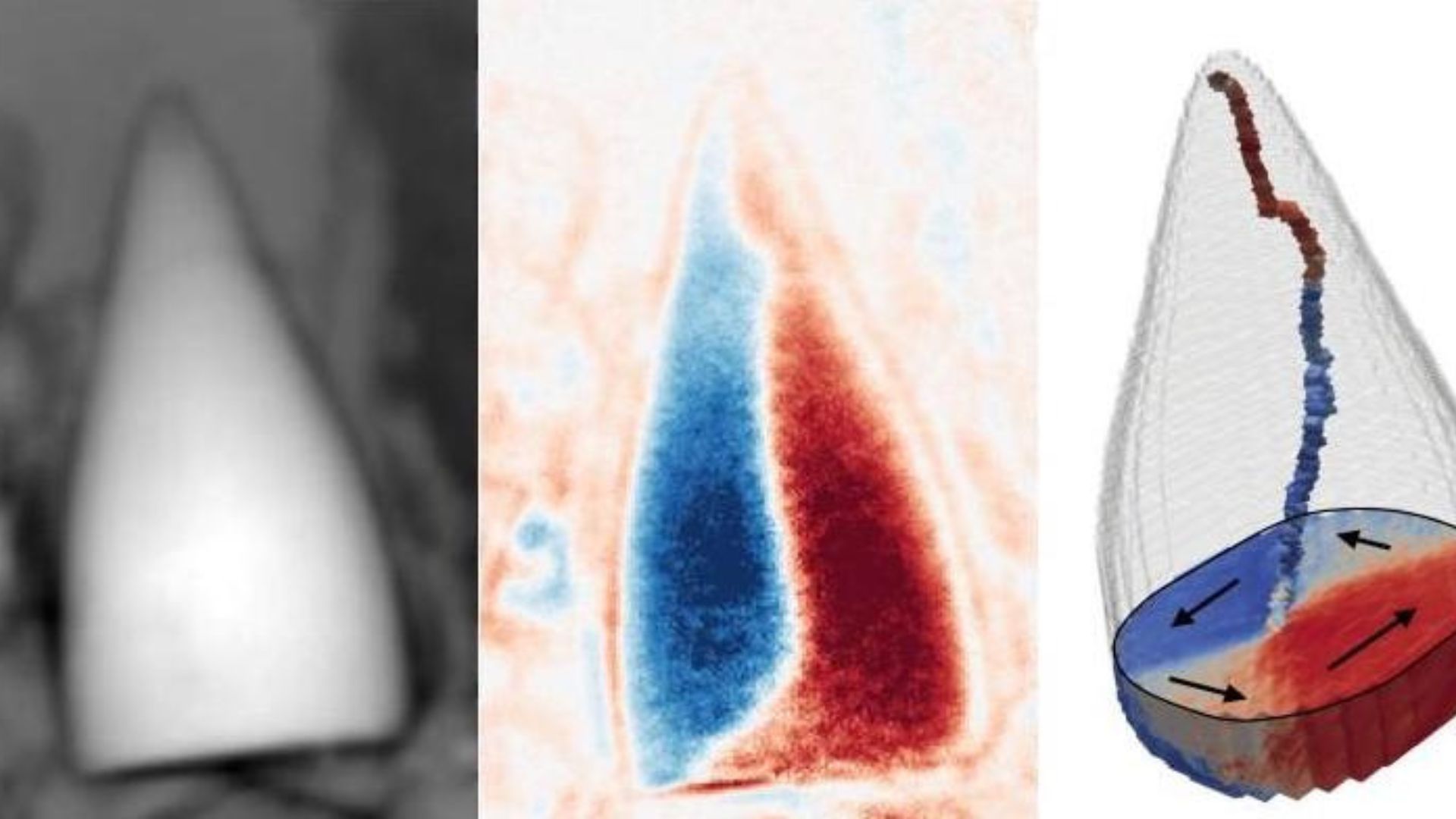New research reveals that tattoo pigments don’t just stay in the skin, they migrate into lymph nodes, trigger months of inflammation, and reshape how the body responds to different vaccines.
Study: Tattoo ink induces inflammation…

New research reveals that tattoo pigments don’t just stay in the skin, they migrate into lymph nodes, trigger months of inflammation, and reshape how the body responds to different vaccines.
Study: Tattoo ink induces inflammation…

There are plenty of amazing Black Friday deals to have a look at right now, with opportunities to save big on just about everything. A lot of us are on the hunt for something specific though, and if you want better audio, then you probably want…

The Little Mermaid is big business this Christmas, with versions of Hans Christian Andersen’s fairytale at Hull Truck, Nottingham Playhouse and Newbury’s Watermill, all buoyed perhaps by Disney’s 2023 blockbuster. Adapter Theresa Heskins…

– Advertisement –
PESHAWAR, Nov 27 (APP):The Peshawar High Court here Thursday imposed a ban on holding unrelated political gatherings within the premises of government and educational institutions.
This decision came in response to a petition…

The Lusail International Circuit is unique on the F1 calendar in that it was designed for two wheels rather than four. Of the circuits we’ve recently raced on, Mugello would be the closest comparison, though…

Realizing this secure-by-design paradigm will result in four main characteristics (outer shell of figure 2) that 6G will incorporate to serve as society’s fully trusted communication system.
The privacy preserving characteristic has become even…

New research from Cambridge and the Helmholtz-Zentrum Berlin has decoded the mystery of magnetic fossils left by an ancient organism.
These microscopic, spearhead- or needle-shaped magnetic fragments were found in ancient seafloor sediments…

Refresh
Wharfedale’s Diamond 12.1 speakers have been firm favourites of ours for years, with the five-star…

Black Friday wouldn’t be Black Friday without deals on toys, and Legos on sale are an absolutely crucial building block of Black Friday toy deals. 2025 has already seen such a strong…